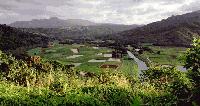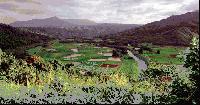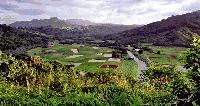A $5000 stereo may not sound much better than one that is $500. I have owned a system that cost $3000 15 years ago. The $1200 SAE power amp finally broke a few months ago. A similar power amp will cost easily $3000 today. I can not afford one. So I picked up a $150 used Hafler. I was blown away to realize that it actually sounds better than my 300 watt per channel SAE 2400L. Well, if you do not compare my 2400L was actually pretty good. But Hafler DH-200 is simply no dog. My buddy refused my $150. He gave it to me if fact.
That's off topic. Sorry. Thanks for your input to this thread, Mikling. I did learn from them too. I have criticized Epson printers a lot. They deserve more respect from me for sure.
That's off topic. Sorry. Thanks for your input to this thread, Mikling. I did learn from them too. I have criticized Epson printers a lot. They deserve more respect from me for sure.



